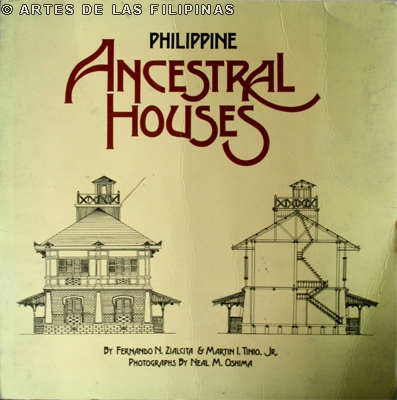
ART BOOK: PHILIPPINE ANCESTRAL HOUSES
Reviewed by: Christiane de la Paz
The two hundred and sixty-three pages of the coffee table book, “Philippine Ancestral Houses,” is a richly illustrated history and analysis of the bahay na bato - - how it came about, where, when, and how it did. It explains its architectural evolution and why particular architectural ideas occurred.

There are several other authors who have discussed the same subject: (Gilda Cordero-Fernando (1978), Felice Sta.Maria (1983) but a reader could easily gain a strong understanding of the fascinating and challenging subject from Zialcita and Tinio’s book which describes the Philippine “bahay na bato” architecture in twelve chronological chapters. Zialcita and Tinio successfully provided a framework of a Filipino architecture that guides the reader to evaluate the influence of its foreign ancestry (Baroque, Gothic, Spanish Renaissance, French, Italian), the environment, and the materials available during those times. It also provided the readers the basis for understanding the never-ending search for an "authentic Philippine architectural style."
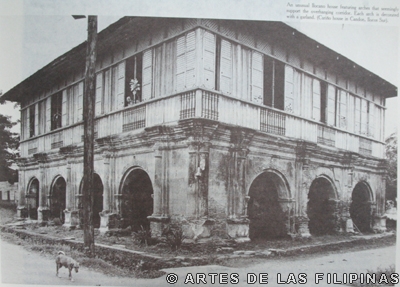
Zialcita and Tinio bound the broad picture of the development of the bahay na bato to specific places and times by opening each chapter with photographs. The strengths of this book and its contributions to the study of Philippine architecture lie in its broad description of the history of Philippine architecture: a thorough explanation of the domestic architecture of the Christian Filipinos (beginning in 16th century); its parallel exploration of the development in design of Mexican, Spanish, French, and Italian; its excellent mixture of photographs and line drawings of the bahay na bato throughout history; and its apt glossary and extensive bibliographies.
The book also took a broad approach in covering not just the architectural forms but the materials and construction techniques (which also receive treatment in a separate chapter), connections with religious beliefs and practice, the historical and economic background, and the influence of modern building styles of foreign ancestry.

Zialcita and Tinio also managed to find room for considerable detail in going about the gathering of facts (methodologies employed) to be used as reference materials. Architectural investigation plays a critical role in making responsible decisions about treating and interpreting historical buildings, houses, and monuments. Zialcita and Tinio were successful enough to make use (and discover) of several materials: photographs, testaments, etc. to strengthen and support their facts.
A successful project to research, inventory, document, and ultimately treat and interpret a building is directly linked to the knowledge and skills of architectural investigators, researchers, anthropologists, and other historic preservation specialists. The expressed goal of Zialcita and Tinio was to protect and preserve materials and features that convey the significant history of the bahay na bato. Careful architectural investigation together with historical research provides a firm foundation for this goal. Once again, Zialcita and Tinio were successful in this undertaking.
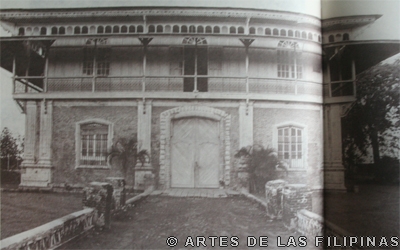
Needless to say, this significant book provides a useful and manageable historical framework for surveyors, architects, researchers, collectors, designers, students, and readers whose purpose is to acquaint, familiarize, rekindle, reminisce, teach and learn the history of early Philippine architecture. This book is a welcome and a serious addition to the literature on the history of Philippine architecture.
Recent Articles
.png) FILIPINO ART COLLECTOR: ALEXANDER S. NARCISO
FILIPINO ART COLLECTOR: ALEXANDER S. NARCISOMarch 2024 - Alexander Narciso is a Philosophy graduate from the Ateneo de Manila University, a master’s degree holder in Industry Economics from the Center for Research and...
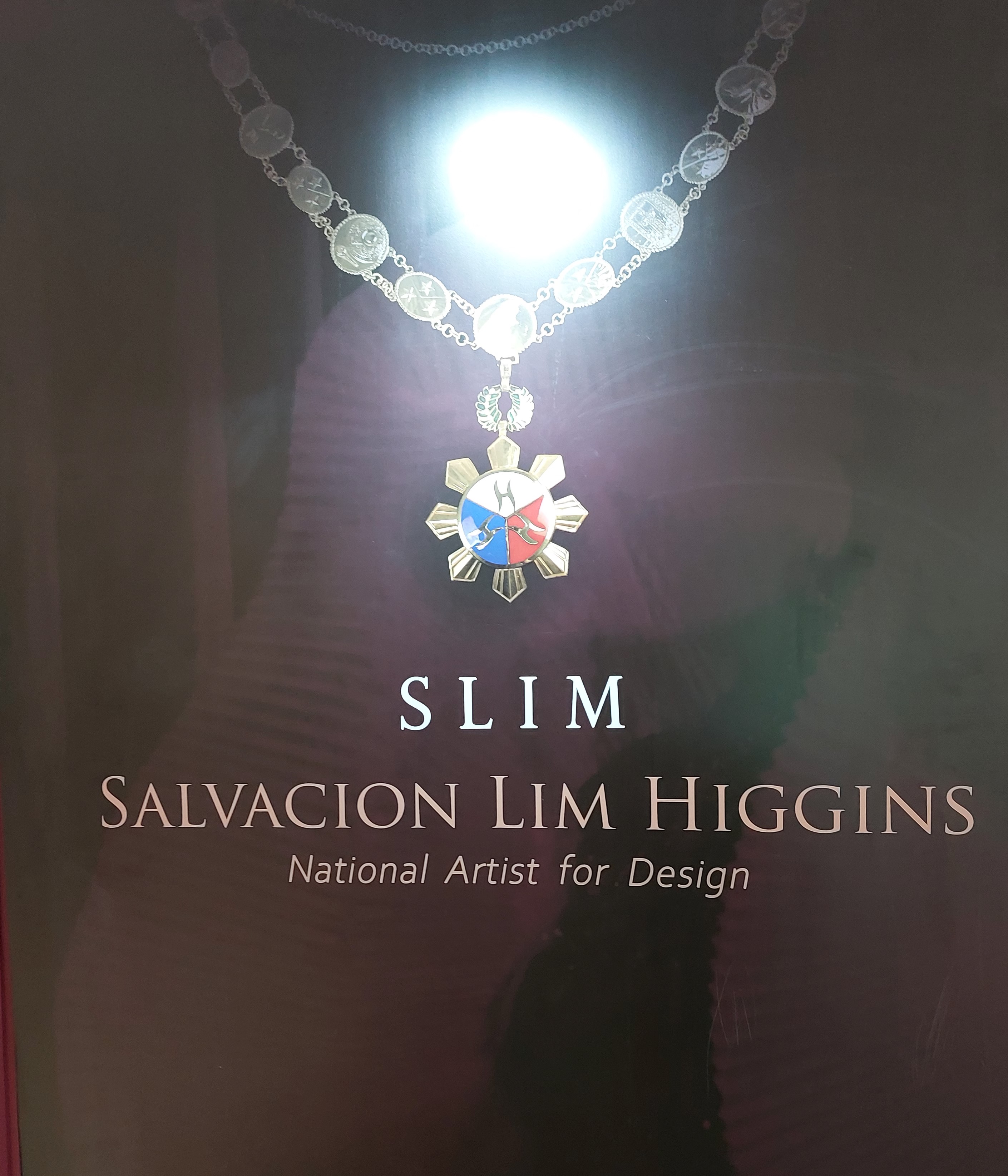 An Exhibition of the Design Legacy of Salvacion Lim Higgins
An Exhibition of the Design Legacy of Salvacion Lim HigginsSeptember 2022 – The fashion exhibition of Salvacion Lim Higgins hogged the headline once again when a part of her body of work was presented to the general public. The display...
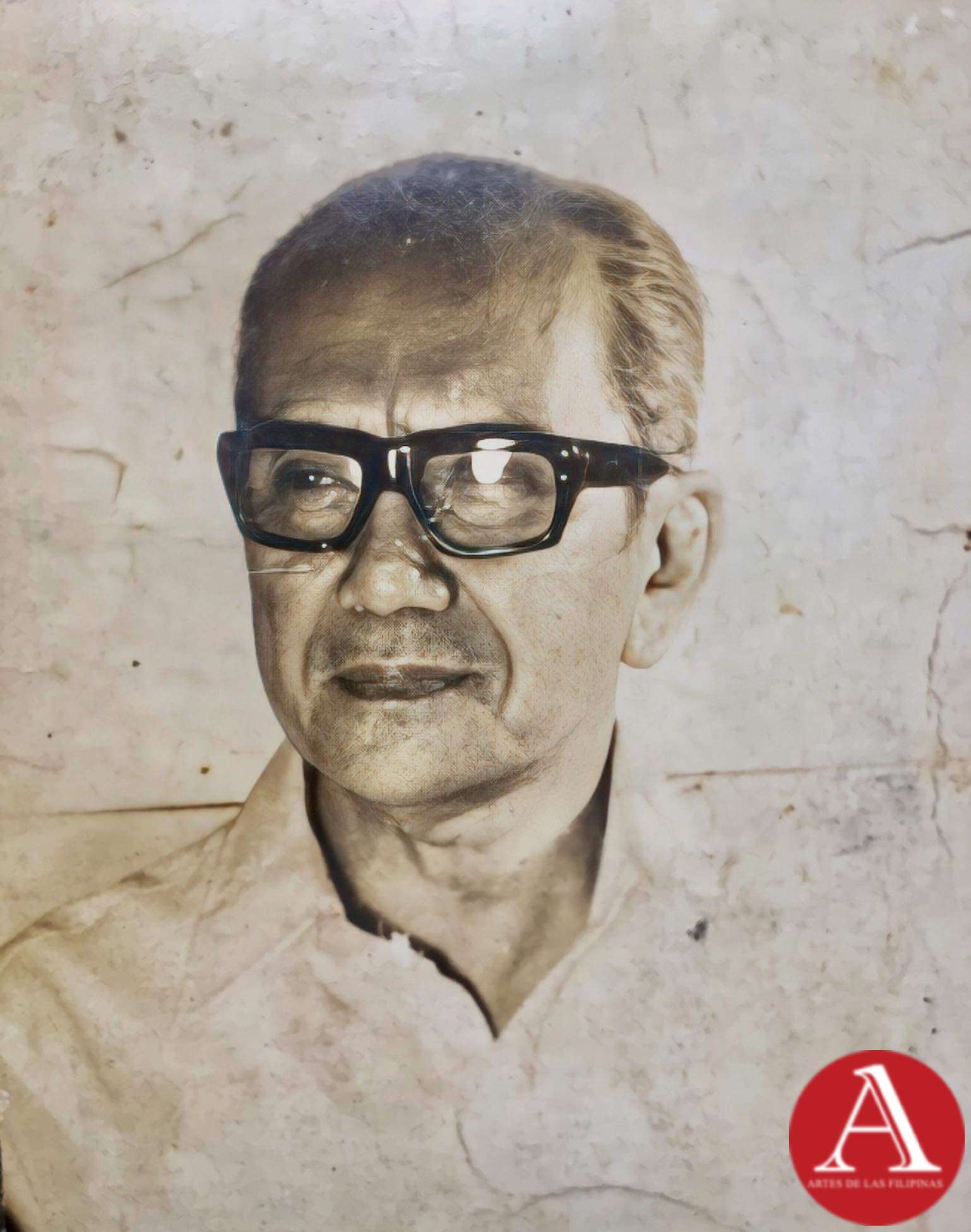 Jose Zabala Santos A Komiks Writer and Illustrator of All Time
Jose Zabala Santos A Komiks Writer and Illustrator of All TimeOne of the emblematic komiks writers in the Philippines, Jose Zabala Santos contributed to the success of the Golden Age of Philippine Komiks alongside his friends...
 Patis Tesoro's Busisi Textile Exhibition
Patis Tesoro's Busisi Textile Exhibition
The Philippine Art Book (First of Two Volumes) - Book Release April 2022 -- Artes de las Filipinas welcomed the year 2022 with its latest publication, The Philippine Art Book, a two-volume sourcebook of Filipino artists. The...
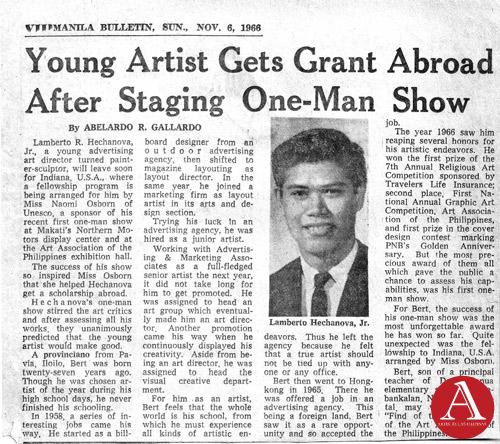 Lamberto R. Hechanova: Lost and Found
Lamberto R. Hechanova: Lost and FoundJune 2018-- A flurry of renewed interest was directed towards the works of Lamberto Hechanova who was reputed as an incubator of modernist painting and sculpture in the 1960s. His...
 European Artists at the Pere Lachaise Cemetery
European Artists at the Pere Lachaise CemeteryApril-May 2018--The Pere Lachaise Cemetery in the 20th arrondissement in Paris, France was opened on May 21, 1804 and was named after Père François de la Chaise (1624...
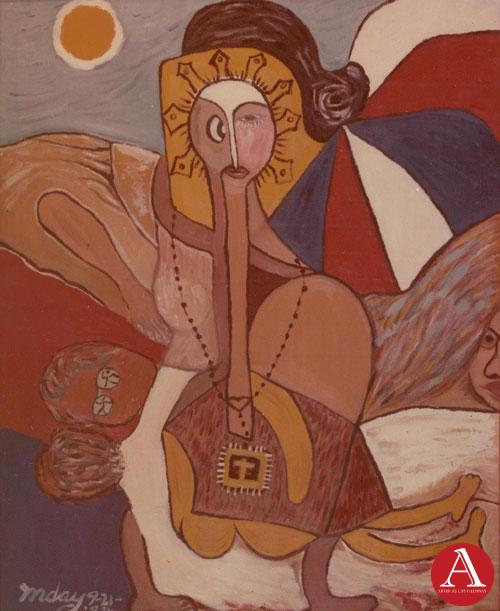 Inday Cadapan: The Modern Inday
Inday Cadapan: The Modern IndayOctober-November-December 2017--In 1979, Inday Cadapan was forty years old when she set out to find a visual structure that would allow her to voice out her opinion against poverty...
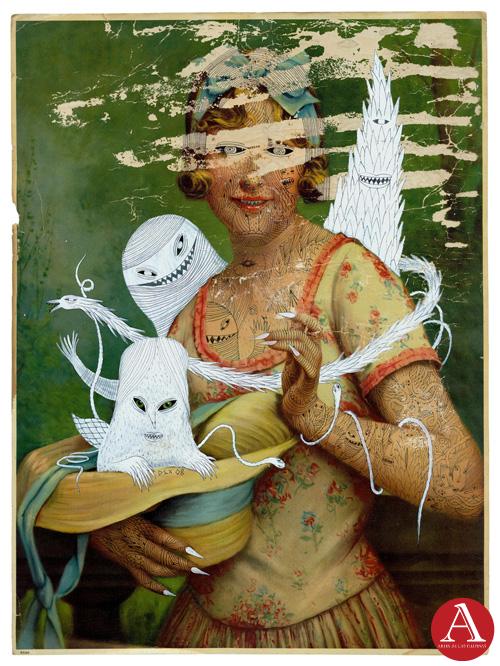 Dex Fernandez As He Likes It
Dex Fernandez As He Likes ItAugust-September 2017 -- Dex Fernandez began his art career in 2007, painting a repertoire of phantasmagoric images inhabited by angry mountains, robots with a diminutive sidekick,...
 Noel Soler Cuizon's Gesamtkunstwerk and Everything in Between
Noel Soler Cuizon's Gesamtkunstwerk and Everything in BetweenApril-May 2017—The public exhibition of Noel Soler Cuizon’s works began in 1987 when he was a member of Hulo, a group of alumni students of the Philippine Women’s...



